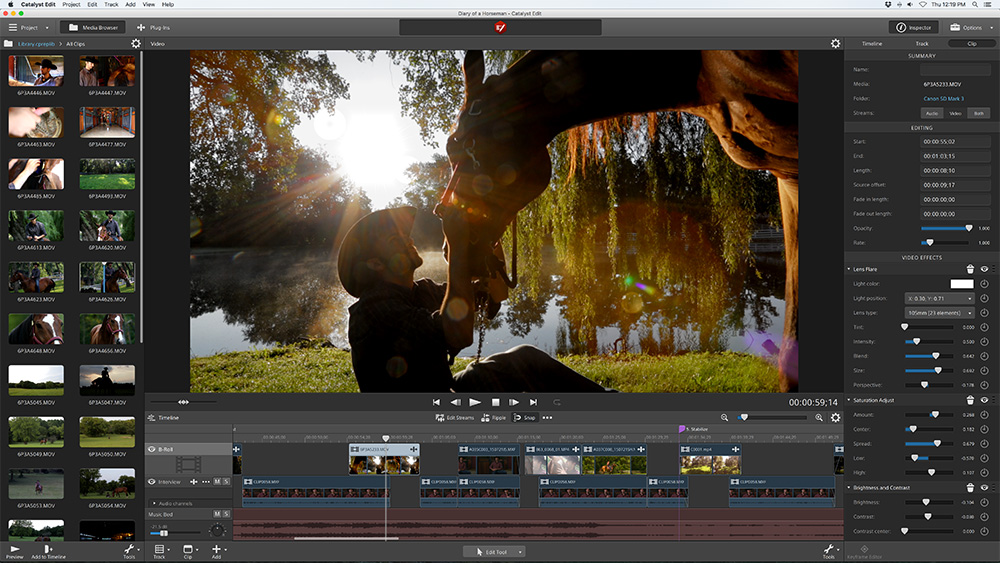Getting Started
|

| 64px | |
| Developer(s) | Apple Computer |
|---|---|
| Stable release | 10.8 / June 27, 2012; 9 years ago |
| Operating system | Mac OS X |
| Type | Disk image emulator |
| Website | www.apple.com |
Note: The functionality of this app is similar to the File Explorer app. It is advisable to review the File Explorer app before paying for this app. Disk Mounter is an application which connects smart phone to computer by wireless disk drive. You can use your smart phone as wireless removable dis. Diskimagemounter Mac Download Free. To download DISK IMAGE MOUNTER MAC, click on the Download button I tried to catch it in the ActivityMonitor process list - but it pops into existence for only a second or two when disk image mounter mac image is first disk image mounter mac. DiskImageMounter works by either launching a to handle the disk. To return ‘DiskImageMounter’ as the default application to automatically process a ‘.dmg’ file: 1- Right click on any ‘dmg’ file - Get Info’ menu item. A ‘Get Info’ window will appear. From the ‘Open with:’ popup menu (you may have to click on the disclosure triangle to see it) select ‘DiskImageMounter’. It's called 'DiskImageMounter' and it is the default program for opening '.iso' files. First navigate to the folder that has the '.iso' file you would like to mount. Next, right (secondary) mouse click on the file and select 'Open With - DiskImageMounter' Next, you should now see the software installation package mounted on your desktop.
DiskImageMounter is the utility that handles mounting disk volume images in Mac OS X, starting with version 10.3. DiskImageMounter works by either launching a daemon to handle the disk image or by contacting a running dæmon and have it mount the disk.
Like BOMArchiveHelper, DiskImageMounter has no GUI when double-clicked; doing so does nothing. The only GUI the program ever displays is a window with a progress bar and mount options (cancel or skip verification) or an error report if it could not mount the image. It is found in /System/Library/CoreServices/DiskImageMounter.app.
Starting with version 10.7, Apple 'removed double-click support for images using legacy metadata.'[1] DiskImageMounter will not be able to open .img (NDIF only), .smi (self mounting), .dc42 (Disk Copy 4.2), and .dart (DART) disk image formats that was previously supported in version 10.6 and earlier.
Image formats supported
DiskImageMounter supports a variety of disk image file types:[2]
- Apple Disk Image (.dmg, com.apple.disk-image)
- UDIF disk images (.udif, com.apple.disk-image-udif); UDIF segment (.devs, .dmgpart, com.apple.disk-image-udif-segment)
- NDIF disk image[nb 1] (.ndif, .img, com.apple.disk-image-ndif); NDIF disk image segment (.imgpart, com.apple.disk-image-ndif-segment)
- self mounting image[nb 1] (.smi, com.apple.disk-image-smi)
- DVD/CD-R master image (.toast, .dvdr, .cdr, com.apple.disk-image-cdr, com.roxio.disk-image-toast)
- disk image segment (dmgpart)[2]
- Disk Copy 4.2 disk image[nb 1] (.dc42, .diskcopy42, com.apple.disk-image-dc42)
- DART disk image[nb 1] (.dart, com.apple.disk-image-dart)
- raw disk image (OSTypes: devr, hdrv, DDim, com.apple.disk-image-raw)
- PC drive container (OSTypes: OPCD, com.apple.disk-image-pc)
- ISO image (.iso, public.iso-image)
- sparse disk image (.sparseimage, com.apple.disk-image-sparse, .sparsebundle)
Notes
- ↑ 1.01.11.21.3Mac OS Classic legacy disk image format supported by DiskImageMounter under Mac OS X versions 10.3—10.6[1] As of version 10.9, hdiutil can still convert these formats but unable to open or write them.
References
- ↑ 1.01.1'hdiutil(1) Mac OS X Manual Page'. Apple inc. Archived from the original on June 25, 2014. Retrieved September 3, 2014.Unknown parameter
|deadurl=ignored (help)<templatestyles src='Module:Citation/CS1/styles.css'></templatestyles> - ↑ 2.02.1/System/Library/CoreServices/DiskImageMounter.app/Contents/Info.plist
See also
- Disk Copy, this program's predecessor.
